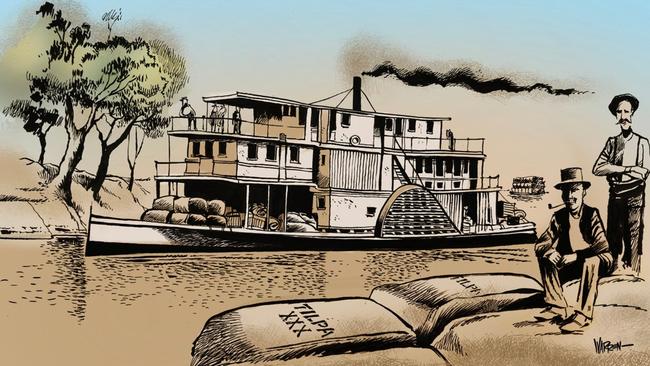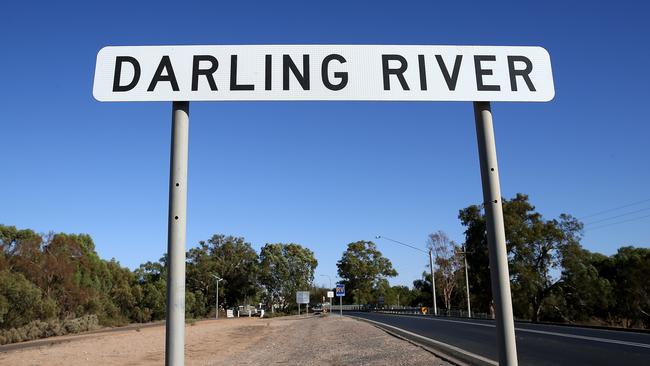The Great River Run: Paddle steamers helped Murray Darling’s early expansion take off
The idea to try and find a path into Australia’s interior took hold mere moments after the first hapless convict stumbled ashore at Sydney Cove. The Darling was the perfect highway route for accessing some of the most remote parts of the country where millions of acres of grazing land lay untapped. Warren Brown gives insight into the Murray Darling’s expansion.
NSW
Don't miss out on the headlines from NSW. Followed categories will be added to My News.
The idea to try and find a path into Australia’s interior took hold only moments after the first hapless convict stumbled ashore at Sydney Cove.
There were all sorts of theories about what surprises lay in the continent’s centre — an inland sea? A vast freshwater delta system? There was even a rumour among convicts that China was just over the horizon — all that was needed was to find a way to get there.
From experience in other colonies, the discovery of navigable waterways was the most successful method in unlocking the mysteries of a nation’s heart and so the hunt for a river meandering inland was on.
Mighty rivers had been the key to opening up unexplored continents — the Nile in Africa, the Amazon in South America, the Mississippi in the United States — all these great watercourses had been natural expressways making it possible to venture inland for exploration, for creating settlements, for farming and trade.

Expeditions were mounted to prove the Hawkesbury River was indeed the great hope, that it cut a path through the Blue Mountains and hopefully to viable pasture land, but it took three years to figure out the Hawkesbury and the Nepean were one and the same river — and it took some 25 years after the First Fleet dropped anchor that Blaxland, Lawson and Wentworth finally slogged it over the Blue Mountains on foot.

In 1828 explorers Charles Sturt and Hamilton Hume were commissioned by the governor, Ralph Darling, to follow the course of the Macquarie River running through Bathurst and Dubbo and the following year they discovered the upper reaches of the river that would be given the governor’s name.
It was Major Thomas Mitchell who, while exploring 500km of the Darling River in 1835, correctly predicted it would converge with the Murray River.
FOLLOW THE JOURNEY ON THE INTERACTIVE MAP BELOW

These explorers had joined the dots linking the waterways from the Darling Downs in Queensland to a series of rivers that would converge to become the Darling River, which in turn flowed to the South Australian coast.
What this meant was there was a route for accessing some of the most remote parts of the country where millions of acres of grazing land lay untapped.

The Darling was the perfect highway — and the advent of the paddle steamer with its flat-bottomed hull, meant the river was trafficable even when it was low.
As a result, port towns sprang up along the waterway — Wentworth, Pooncarie, Menindee, Tilpa, Wilcannia and Bourke.


